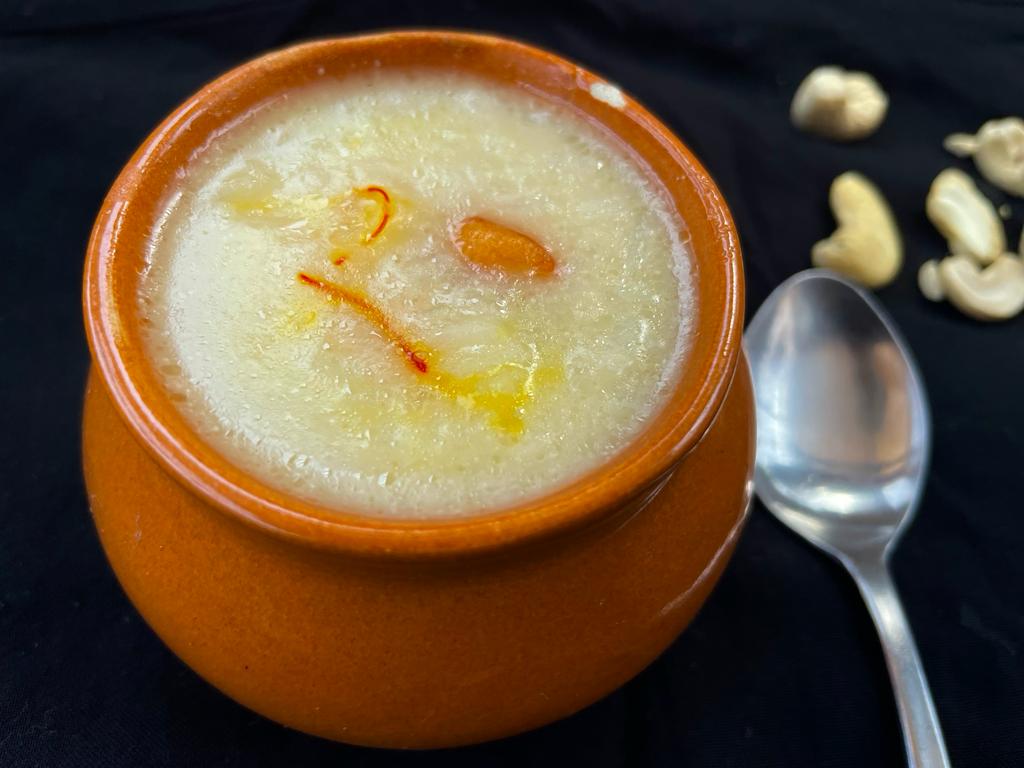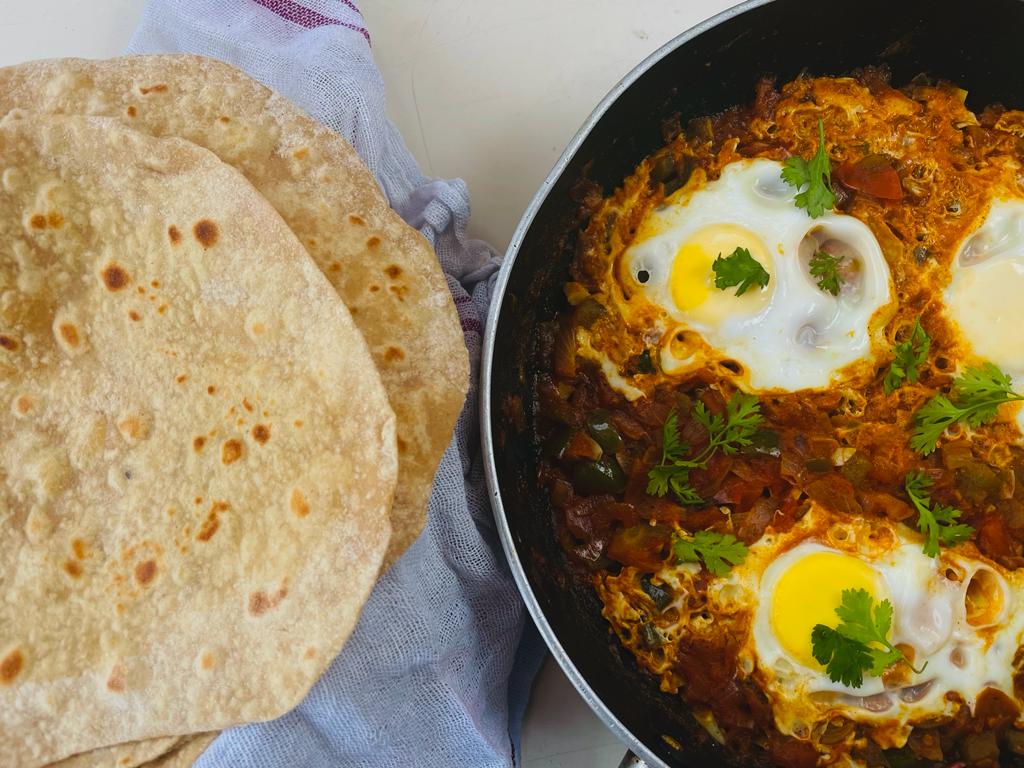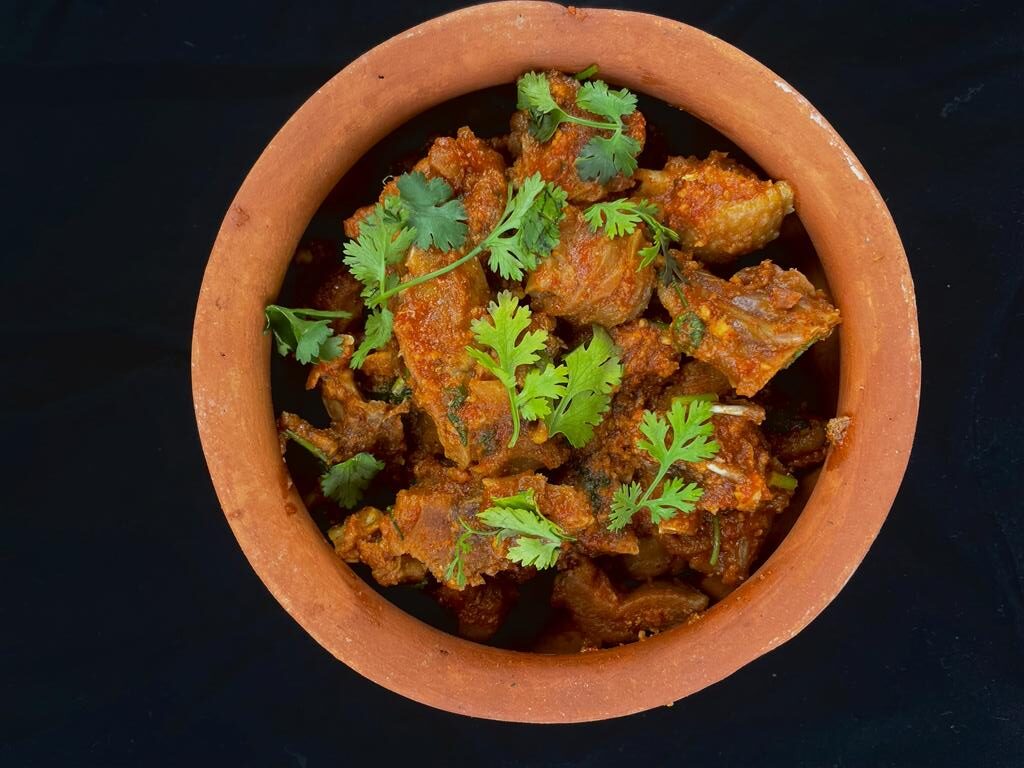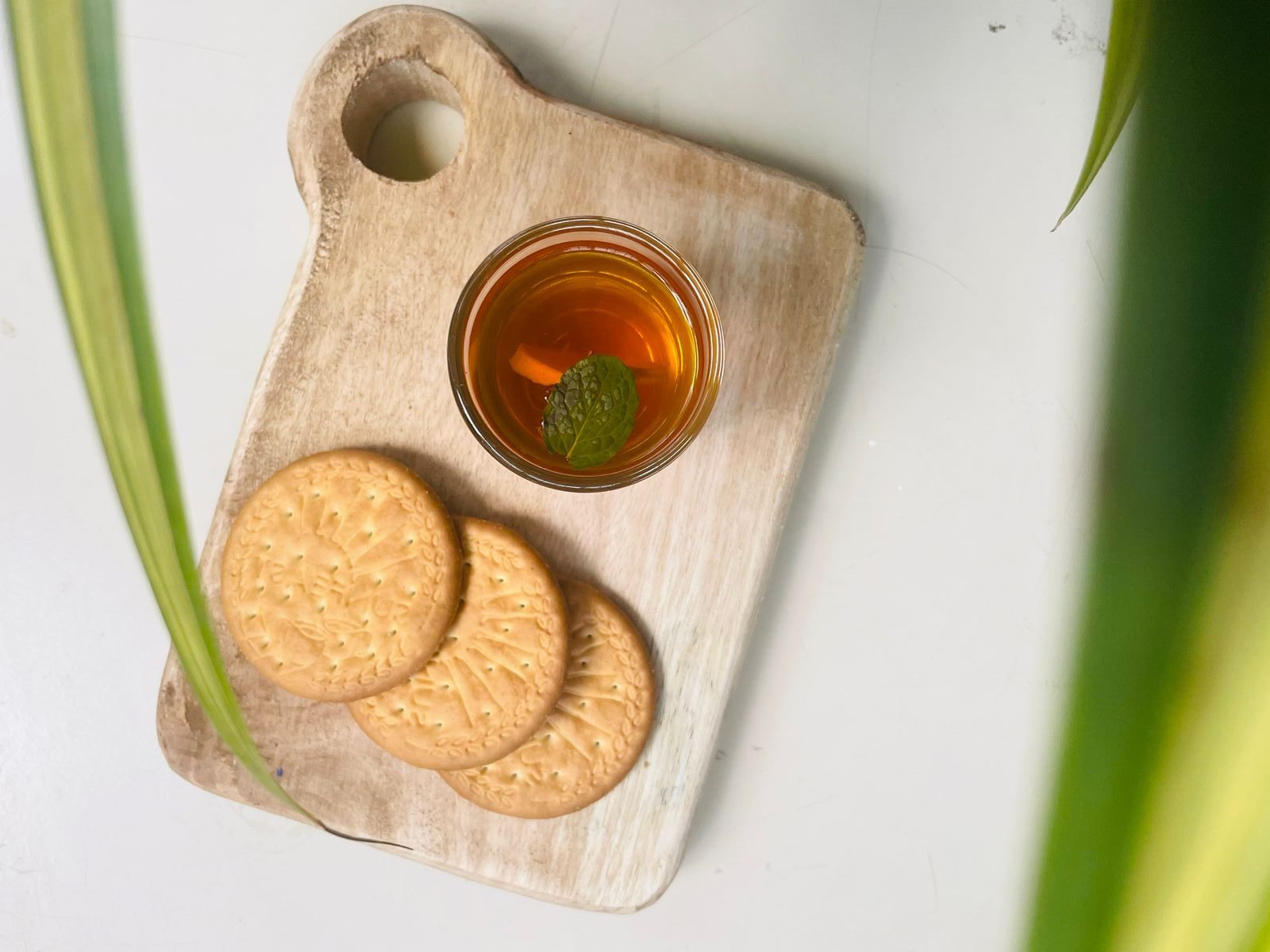Mangoes! King of Fruits!
Mangoes are one of the most popular tropical fruits in the world, known for their sweet, juicy, and flavorful flesh. They are native to South Asia but are now widely cultivated in many parts of the world, including India, Mexico, Brazil, and the Philippines.
Mangoes are highly nutritious, rich in vitamins A and C, fiber, and antioxidants. They are also low in calories, making them an excellent choice for a healthy snack. The fruit is typically eaten fresh, either on its own or as part of a fruit salad or smoothie. It can also be used in a variety of dishes, such as chutneys, jams, ice creams, and desserts.
Mangoes have a long and fascinating history that spans thousands of years. The fruit is believed to have originated in South Asia, specifically in India and Myanmar, where it has been cultivated for over 4,000 years. The mango tree, known as the “king of fruits” in India, was highly revered and considered a symbol of prosperity, happiness, and love.
Overall, mangoes are a fruit with a rich and diverse history that continues to be celebrated around the world. With their delicious taste, nutritional value, and cultural significance, it’s no wonder that mangoes have become one of the most popular fruits in the world.
There are many different types of mangoes, each with its own unique flavor, texture, and appearance. Here are some of the most popular types of mangoes:
- Alphonso: This is a premium variety of mango from India, known for its sweet and creamy flesh, rich aroma, and bright orange color.
- Ataulfo: Also known as the honey mango, this type of mango is small and oval-shaped, with a smooth, golden skin and sweet, juicy flesh.
- Tommy Atkins: This is a popular type of mango that is grown in many parts of the world, including the United States, Mexico, and Brazil. It has a greenish-yellow skin and sweet, fibrous flesh.
- Keitt: This type of mango is large and oval-shaped, with a greenish-yellow skin and sweet, juicy flesh. It is commonly grown in Florida and California.
- Haden: This is another popular type of mango, with a bright red and yellow skin and sweet, juicy flesh. It is grown in many parts of the world, including Mexico and the United States.
- Kent: This is a large, oval-shaped mango with a greenish-yellow skin and sweet, juicy flesh. It is commonly grown in Florida and is a popular export mango.
- Manila: This is a small, oval-shaped mango with a yellow skin and sweet, juicy flesh. It is commonly grown in the Philippines and is popular for its rich, creamy texture.
- Kesar: This is a popular mango variety from India, known for its bright orange flesh, rich flavor, and strong aroma.
- Francis: This is a large, oval-shaped mango with a green and yellow skin and sweet, juicy flesh. It is commonly grown in Haiti and is known for its smooth texture.
These are just a few of the many different types of mangoes available around the world. Each type has its own unique characteristics and is used in a variety of dishes, from desserts to savory dishes.
“The mango is not just a fruit, it’s a taste of paradise that brings joy to the senses and nourishment to the body.”





